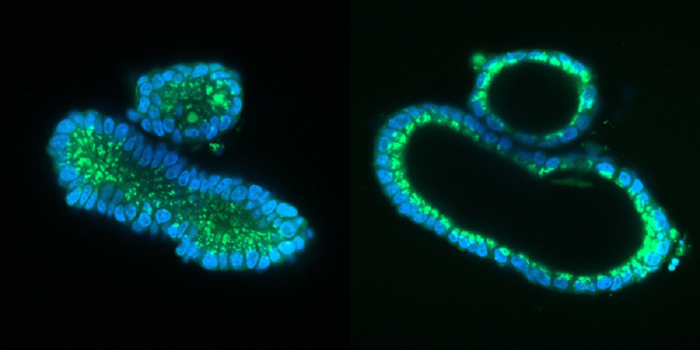The genetic mutations at the origin of cystic fibrosis have been corrected in human stem cell cultures with a technique based on Crispr, the technique that cuts and glues DNA whose discovery was awarded the Nobel. The result, published in the Life Science Alliance journal, is due to international research coordinated by Hans Clevers, of the Hubrecht Institute, and conducted in collaboration with the UMC Utrecht University Hospital and the Oncode Institute. The researchers replaced the defective portion of DNA, carrying the mutation that causes the disease, with a healthy one.
"For the first time, we have shown that this technique really works and can be safely applied to stem cells to correct cystic fibrosis," Clevers notes.
In particular, the researchers corrected the mutation in human intestinal organoids, that is, 3D mini-organs that mimic intestinal functions in cystic fibrosis patients.
In a previous research carried out by the same group, organoids had been developed starting from stem cells taken from patients and stored in a bio-bank in Utrecht.
The further step, just published, was to intervene in the organoids by correcting the genetic defect with prime editing, a new genomic editing method based on Crispr that would allow for more control over corrections, more precision and flexibility.
"In our study, prime editing has been shown to be a safer technique than the classic Crispr: it can build a new piece of DNA without causing further damage. Which makes it promising for patient applications," comments Maarten Geurts, first author of the study. Now that it has been shown that the mutation can be safely corrected, applications on the clinical front are getting closer, although some problems remain to be solved. In fact, the technique still has to be adapted for safe use by humans.

